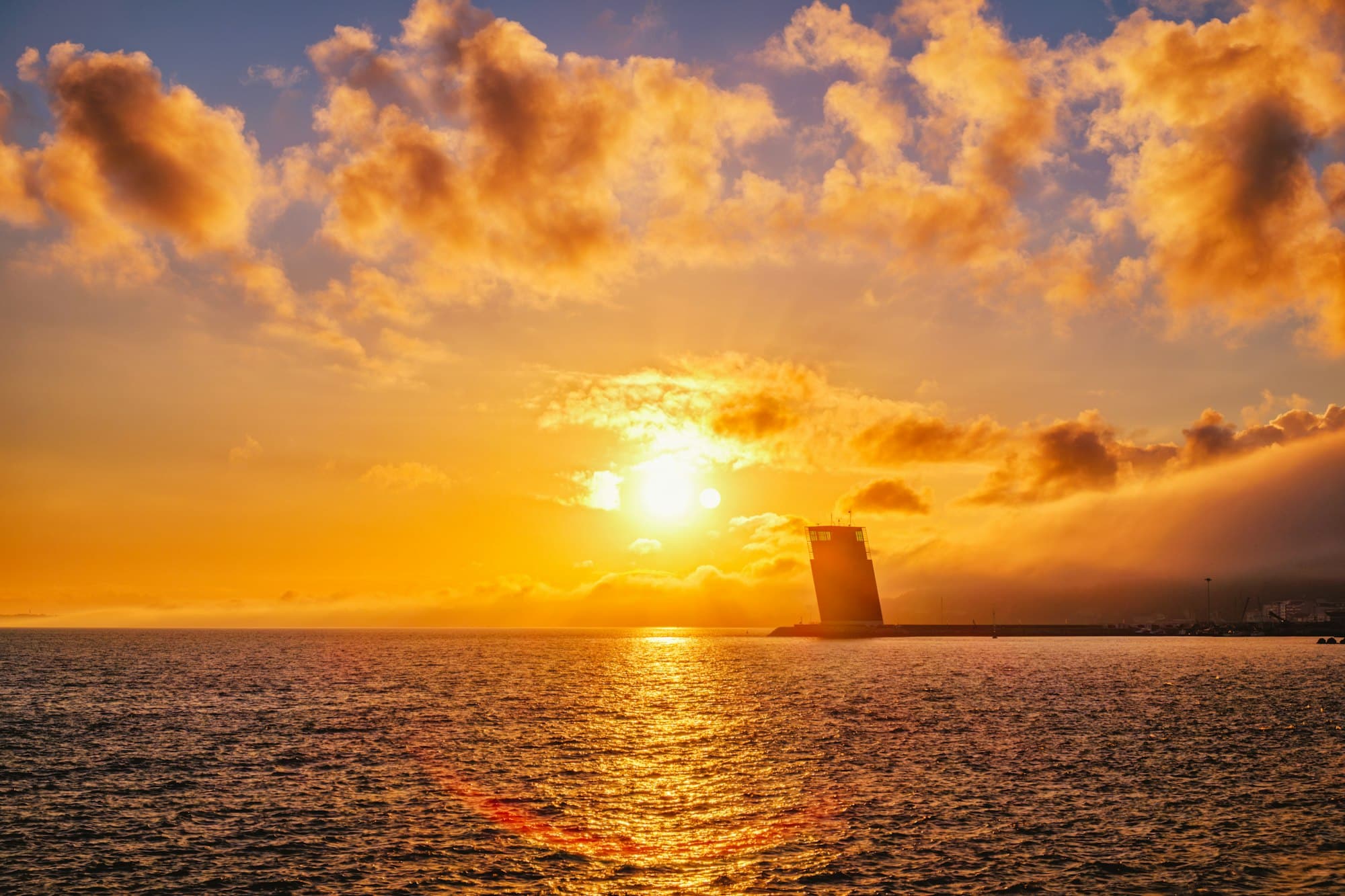The rich tapestry of Britain’s maritime history is woven with tales of exploration, trade, war, and innovation. From the early voyages to the far corners of the world to the pivotal naval battles that shaped the nation’s destiny, the sea has always been at the heart of Britain’s story. But where can you delve deeper into this captivating narrative? Join us as we explore the best locations to learn about the history of British maritime exploration.
The National Maritime Museum in Greenwich
Nestled in the historic Greenwich area of London, the National Maritime Museum stands as a beacon of Britain’s seafaring legacy. As the largest maritime museum in the world, it offers unparalleled insights into maritime history, making it an essential visit for anyone keen to understand the global impact of British naval exploration.
This might interest you : Explore vatican city: your ultimate guide to a memorable visit
Within its walls, you will encounter a treasure trove of artifacts and exhibits that span centuries. From intricate ship models to naval uniforms and weaponry, the museum’s collection vividly brings to life the adventures and challenges faced by British sailors. One of the standout exhibits is the "Nelson, Navy, Nation" gallery, which dives deep into the life of Admiral Horatio Nelson and his role in defining the Royal Navy’s dominance.
The museum also boasts interactive displays that engage all ages. You can experience what life was like aboard a ship, understand the intricacies of navigation, and even try your hand at steering a virtual vessel. These interactive elements make the National Maritime Museum a dynamic and educational experience.
Also to see : What are the best ways to explore the heritage of the British coal mining industry in Wales?
The Queen’s House
Adjacent to the museum is the Queen’s House, another significant maritime landmark. This former royal residence, designed by Inigo Jones, now houses an impressive art collection that includes artworks depicting naval battles and ships. The Queen’s House provides a more personal glimpse into the maritime history, showcasing the cultural impact of Britain’s naval endeavors.
The Royal Observatory
A short walk from the museum lies the Royal Observatory, where you can learn about the critical role of navigation in maritime exploration. Here, you will discover how the development of accurate timekeeping and celestial navigation techniques enabled sailors to traverse the world’s oceans with greater precision.
Portsmouth Historic Dockyard
Portsmouth, on the south coast of England, is synonymous with naval history. The Portsmouth Historic Dockyard is a living museum that offers a comprehensive look at Britain’s maritime heritage. It is home to some of the most iconic ships ever to sail under the British flag, making it an essential destination for maritime enthusiasts.
HMS Victory
One of the highlights of the dockyard is HMS Victory, Admiral Nelson’s flagship during the Battle of Trafalgar. Walking the decks of this meticulously preserved vessel, you can almost hear the echoes of cannon fire and feel the tension of battle. The ship’s interior has been restored to reflect its condition during Nelson’s time, providing a fascinating insight into naval life in the early 19th century.
The Mary Rose
Another gem at the dockyard is the Mary Rose, the flagship of King Henry VIII. Raised from the seabed in 1982 after more than 400 years underwater, the Mary Rose is now housed in a purpose-built museum. The museum displays thousands of artifacts recovered from the wreck, offering a rare glimpse into Tudor maritime life.
The National Museum of the Royal Navy
Portsmouth is also home to the National Museum of the Royal Navy, which charts the history of the Royal Navy from its earliest days to the present. This museum is an excellent resource for understanding the evolution of naval warfare and the technological advancements that have shaped the modern navy.
The Cutty Sark in Greenwich
The Cutty Sark, a legendary 19th-century clipper ship, is another must-visit site in Greenwich. This beautifully restored vessel was one of the fastest ships of her time, built for the lucrative tea trade between Britain and China. Today, the Cutty Sark is suspended in an innovative dry dock, allowing visitors to walk beneath her hull and admire her sleek design.
Onboard, you can explore the ship’s various decks and learn about the life of sailors during the age of sail. Interactive exhibits and audio guides provide fascinating insights into the ship’s history, including her role in the tea and wool trades.
Maritime Trade and Exploration
The Cutty Sark also serves as a gateway to understanding the broader context of maritime trade and exploration during the 19th century. Her story is intertwined with the global reach of the British Empire, highlighting the importance of merchant ships in expanding Britain’s commercial interests around the world.
The British Museum in London
While not exclusively a maritime museum, the British Museum in London houses several collections that shed light on Britain’s maritime history. The museum’s expansive collection includes artifacts from ancient civilizations that were major players in early maritime exploration, such as the Egyptians, Greeks, and Romans.
The East India Company
One of the most intriguing exhibits relates to the East India Company, which played a pivotal role in establishing British trade routes to the East. The company’s history is a tale of exploration, commerce, and conflict, and the British Museum’s artifacts, including maps, documents, and trade goods, provide a compelling narrative of this powerful entity’s impact on global trade and British maritime history.
The Rosetta Stone
Of particular interest is the Rosetta Stone, which facilitated the deciphering of Egyptian hieroglyphs and is a testament to the interconnectedness of early civilizations through maritime trade. This artifact underscores the role of seafaring in cultural exchanges and the spread of knowledge.
The National Maritime Museum Cornwall
Located in the picturesque port town of Falmouth, the National Maritime Museum Cornwall offers a unique perspective on Britain’s maritime heritage. This museum focuses on the relationship between the sea and the people who live by it, providing a more regional and personal view of maritime history.
Maritime Life in Cornwall
Cornwall has a long and storied maritime tradition, from fishing and boat building to piracy and smuggling. The museum’s exhibits explore these aspects in detail, highlighting the significant role that Cornwall has played in Britain’s maritime history.
The Influence of Maritime Exploration
The museum also delves into the broader implications of maritime exploration, including the impact on trade, migration, and cultural exchange. Through interactive displays and hands-on activities, you can gain a deeper understanding of how maritime exploration has shaped the world we live in today.
The United Kingdom boasts a wealth of locations where you can immerse yourself in the fascinating history of British maritime exploration. From the world-renowned National Maritime Museum in Greenwich to the historic ships in Portsmouth, and from the legendary Cutty Sark to the regional treasures in Cornwall, each of these sites offers unique insights into the nation’s seafaring past.
By visiting these locations, you will not only learn about the ships and sailors who braved the seas but also gain a deeper appreciation for the profound impact of maritime exploration on British and global history. Whether you’re a history buff, a maritime enthusiast, or simply curious about the past, these destinations provide a rich and rewarding journey through Britain’s illustrious maritime legacy.
















